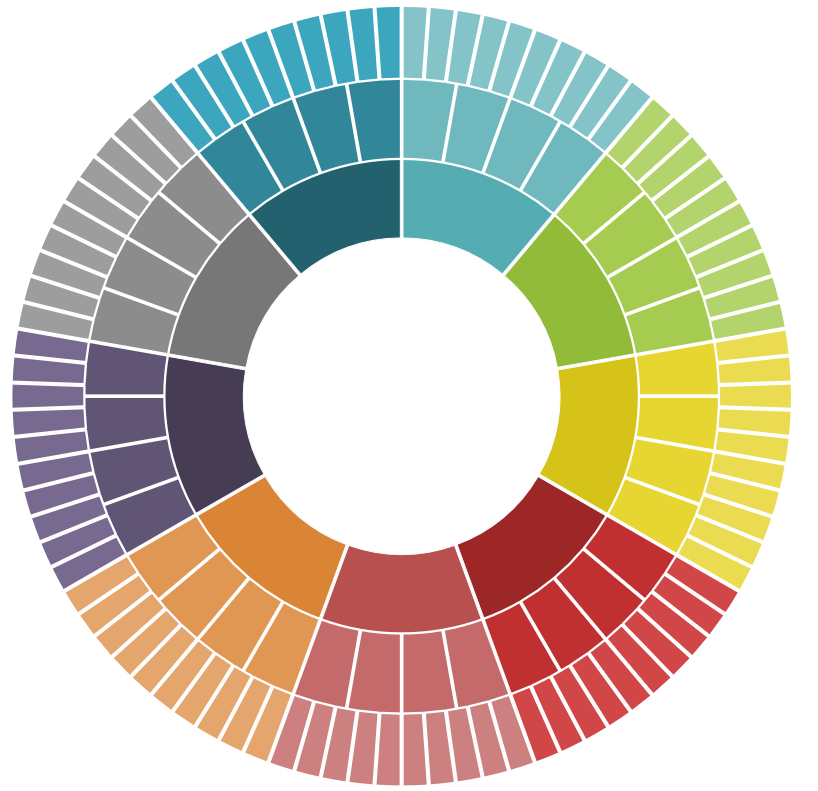Volltextsuche nutzen
- versandkostenfrei ab € 30,–
- 11x in Wien, NÖ und Salzburg
- 6 Mio. Bücher
- facultas
- Detailansicht

Metallogenic Map of the Erzgebirge / Vogtland Area

Karte, gerollt
102,80€
inkl. gesetzl. MwSt.
Besorgungstitel
Lieferzeit 1-2 WochenVersandkostenfreibestellen in Österreich
Lieferzeit 1-2 WochenVersandkostenfreibestellen in Österreich
Deutschland: € 10,00
EU & Schweiz: € 20,00
EU & Schweiz: € 20,00
In den Warenkorb
Click & Collect
Artikel online bestellen und in der Filiale abholen.
Derzeit in keiner facultas Filiale lagernd. Jetzt online bestellen!Artikel online bestellen und in der Filiale abholen.
Artikel in den Warenkorb legen, zur Kassa gehen und Wunschfiliale auswählen. Lieferung abholen und bequem vor Ort bezahlen.
Auf die Merkliste
Veröffentlicht 2019, von Andreas Dr. Barth, Andreas Brosig, K.-P. Stanek, Th. Seifert, Enrico Kallmeier, Claus Dr. Legler, Stefan Schaefer, Peter Bock, Andreas Knobloch, Reinhard Dr.rer.nat.Reißmann, Thomas Dr. Hertwig, Gerald Volkmer, Cornelia Repper, Hannelore Scholz, Mathias Stahl, Thomas Berndt, Beak Consultants GmbH(Hg.) bei Beak Consultants
ISBN: 978-3-9820916-0-0
Auflage: 1. Auflage
Reihe: Geochemical Atlas - Erzgebirge and Vogtland
1 Seiten
111.7 cm x 157.4 cm
The Metallogenic Map of the Erzgebirge/Vogtland area was created within the frame of the project
WISTAMERZ, aiming at the development of advanced methods for predicting the rare and high-tech metals
potential (RHTM, such as Ga, Ge, In, Li, Sb, Se, Sn, Ta, Te, W) in large areas.
As an example, the famous Erzgebirge/Vogtland area, well-known for centuries for its mineral wealth, was selected.
New ...
WISTAMERZ, aiming at the development of advanced methods for predicting the rare and high-tech metals
potential (RHTM, such as Ga, Ge, In, Li, Sb, Se, Sn, Ta, Te, W) in large areas.
As an example, the famous Erzgebirge/Vogtland area, well-known for centuries for its mineral wealth, was selected.
New ...
Beschreibung
The Metallogenic Map of the Erzgebirge/Vogtland area was created within the frame of the project
WISTAMERZ, aiming at the development of advanced methods for predicting the rare and high-tech metals
potential (RHTM, such as Ga, Ge, In, Li, Sb, Se, Sn, Ta, Te, W) in large areas.
As an example, the famous Erzgebirge/Vogtland area, well-known for centuries for its mineral wealth, was selected.
New geochemical data were gathered by a multi-element stream-sediment survey and combined with
portable XRF technologies for on-site identification of hard-to-find disseminated and oxidized mineralisation.
New unconventional RHTM mineralisations have been detected within low-grade geochemical anomalies
and in rocks previously regarded as non-prospective. New exploration models have been developed.
The combination of lower Paleozoic sedimentary and rifting related hydrothermal/volcanogenic processes is
recognised as the key precondition for the metallogenic predisposition of the large Erzgebirge mining region.
Processes of collision-related metamorphic re-distribution of metals and their assimilation during processes
of formation of melts and granitic intrusion led to the formation of a wide range of mineral occurrences of
different shape and structural position, from stratiform, granite-related high temperature formations, and
structure-controlled hydrothermal veins to Mesozoic and Cenozoic placers.
Late small intrusions led to a further re-distribution of metals within large metalliferous intrusives into
breccia pipes and their environment even deep inside of big granite batholiths.
Iron bearing metalliferous sediments were transformed into metamorphic and contact-metamorphic skarns with rich Sn and W mineralisation.
The metallogenic model positions the different mineral deposit types into a logic chain of metallogenic
events forming within a history of almost 450 M years.
As an important practical consequence the reviewed metallogenic concepts open the doors for new
discoveries of RHTM occurrences especially in the following environments:
· Geochemical anomalies of Au, Sb, Bi, In, Li, Sn, W
· Meta-sediments with/without reactive rocks, especially on top of hidden granite intrusives
· Breccia pipes and structures within bigger granite batholites on top of small intrusions
Using a combination of knowledge-based (exploration models) and data driven methods (artificial neural
networks) mineral predictive maps have been calculated for key mineralisation types.
The Metallogenic Map of the Erzgebirge/Vogtland area was created within the frame of the project
WISTAMERZ, aiming at the development of advanced methods for predicting the rare and high-tech metals
potential (RHTM, such as Ga, Ge, In, Li, Sb, Se, Sn, Ta, Te, W) in large areas.
As an example, the famous Erzgebirge/Vogtland area, well-known for centuries for its mineral wealth, was selected.
New geochemical data were gathered by a multi-element stream-sediment survey and combined with
portable XRF technologies for on-site identification of hard-to-find disseminated and oxidized mineralisation.
New unconventional RHTM mineralisations have been detected within low-grade geochemical anomalies
and in rocks previously regarded as non-prospective. New exploration models have been developed.
The combination of lower Paleozoic sedimentary and rifting related hydrothermal/volcanogenic processes is
recognised as the key precondition for the metallogenic predisposition of the large Erzgebirge mining region.
Processes of collision-related metamorphic re-distribution of metals and their assimilation during processes
of formation of melts and granitic intrusion led to the formation of a wide range of mineral occurrences of
different shape and structural position, from stratiform, granite-related high temperature formations, and
structure-controlled hydrothermal veins to Mesozoic and Cenozoic placers.
Late small intrusions led to a further re-distribution of metals within large metalliferous intrusives into
breccia pipes and their environment even deep inside of big granite batholiths.
Iron bearing metalliferous sediments were transformed into metamorphic and contact-metamorphic skarns with rich Sn and W mineralisation.
The metallogenic model positions the different mineral deposit types into a logic chain of metallogenic
events forming within a history of almost 450 M years.
As an important practical consequence the reviewed metallogenic concepts open the doors for new
discoveries of RHTM occurrences especially in the following environments:
· Geochemical anomalies of Au, Sb, Bi, In, Li, Sn, W
· Meta-sediments with/without reactive rocks, especially on top of hidden granite intrusives
· Breccia pipes and structures within bigger granite batholites on top of small intrusions
Using a combination of knowledge-based (exploration models) and data driven methods (artificial neural
networks) mineral predictive maps have been calculated for key mineralisation types.
